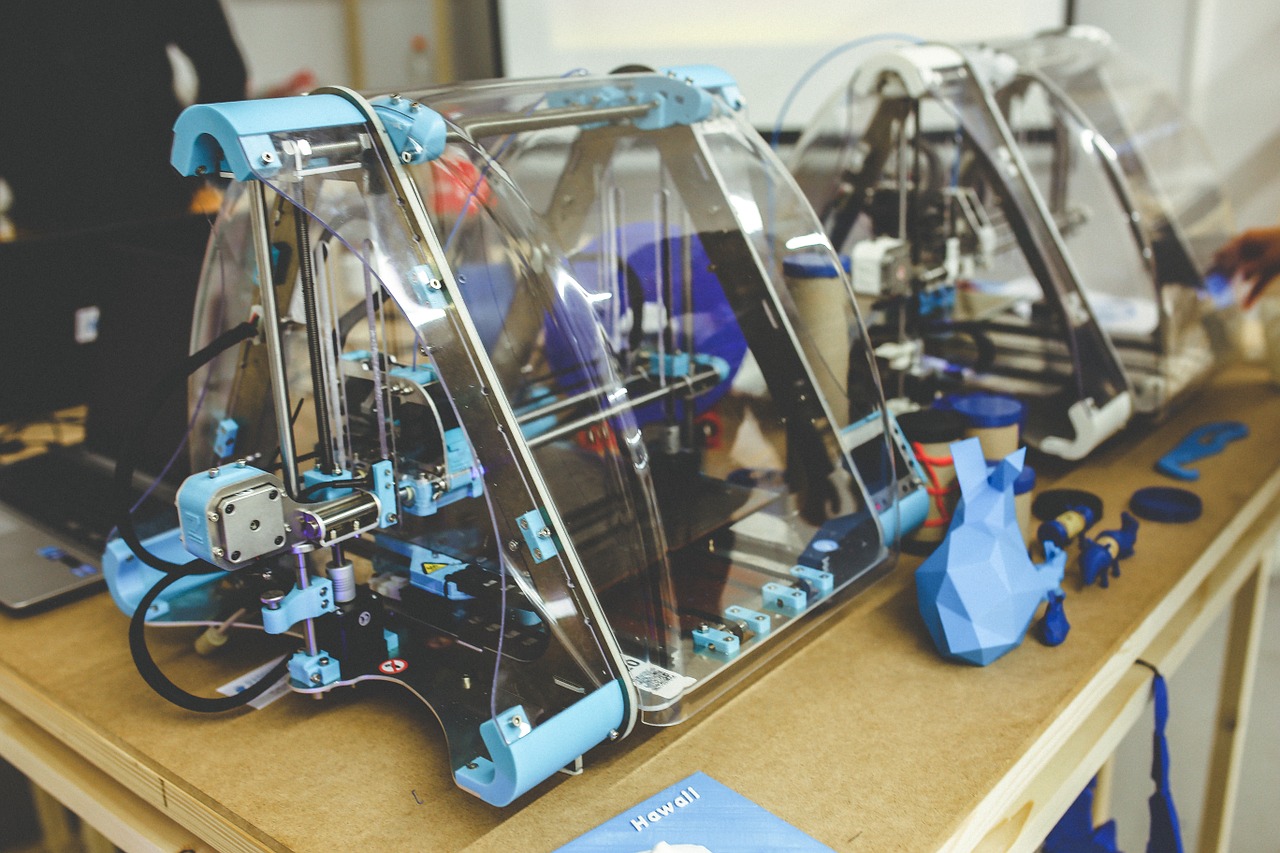Improvised Explosive Devices (IEDs) aka “home made bombs” or “road side bombs” or “booby traps” seemed to enter the English lexicon during the Iraq and Afghanistan wars, wreaking havoc, injury and death on soldiers and military operations, not to mention innocent civilians. According to US soldiers most of the IED’s found in Afghanistan were military grade munitions.
Death And Destruction Wrought By IEDs
According to IPS North America and data provided by the Pentagon’s Joint IED Defeat Organization (JIEDDO), from 2009 to 2011, the US military suffered 14,627 casualties of which 59% or 8,608 were caused by IED explosions; note that casualty means killed, wounded or injured.
The following graph shows the number of IED deaths per year beginning in 2001, peaking in 2011 at 368.
iCasualties _ Operation Enduring Freedom _ Afghanistan (Image Courtesy www.icasualties.org)
As IEDs have become a bigger problem, the US government and a number of private military contractors set out developing new technology for the automated disposal of IEDs to better protect soldiers and civilians.
How IEDs Are Made
Here is a breakdown of IEDs:
Explosives Used:
- landmines
- mortars or howitzer rounds
- homemade nail bombs, incendiary or chemical devices
- gas canisters
- explosive formed penetrators
Detonating Methods:
- timers, analog clocks
- remote detonators such as cell phones and garage door openers
- pressure plates
- tripwires
- switches or buttons
Positioning:
- buried
- placed within something including corpses, bags of rubbish, piles of rocks behind posters or in cupboards
- suicide bombers
How wired:
- 1 x 9v battery
- 1 x electric switch
- 2 x 50 ft wire
- 1 x model rocket igniter
- electrical tape
- wire strippers
Finding Hidden Mines & Bombs With Automated Disposal Of IEDs
The US and allies have deployed more than 2,800 automated robotic IED disposal devices in Afghanistan and Iraq. These devices are regularly blown up during use and repair teams rebuild them and put them back in action.
One of the robots used by the US Army Explosive Ordinance Disposal Unit (EOD) is QinetiQ North America’s TALON, one of the most advanced robots for locating and disarming IEDs. TALON is remotely operated and is equipped with cameras, sensors and claws that soldiers operate from a distance of several hundred yards. TALON robots cost $100,000 each, weigh about 500 pounds and can pick up 220 pound objects in a six-foot radius.
The following image shows a US Marine Corps Explosive Ordinance Disposal Technician working in the Combat Logistics Brigade Eight (CLB-8) setting up a remote-controlled vehicle to detonate a roadside IED.Related articles on IndustryTap:
- DARPA’s New GXV-T Military Vehicle Concept Resembles The Warthog From ‘Halo’
- NASA Military Helicopter Crash Tests Improve Survivability and Durability
- Military Develops Drone Boats Capable of In-Sync, Automated Assaults
- The Stargate Project: Dreams of Military Psychic Spies with Jedi-Like Powers
- Was Malaysian Flight 370 a Sitting Duck for High-Tech Electronic Warfare?
- Construction Crew Discovers World War I Railroad Relic
- The “Sand Flea” Is a Military Robot Capable Of Jumping 30 Feet High!
- Electromagnetic Railgun Fires “Kinetic Energy Warhead” at Mach 7
- No Drivers Required for These Military Trucks
- Study Says Fleets of 3D Printed Drones Will Fight Tomorrow’s Wars
References and related links:






